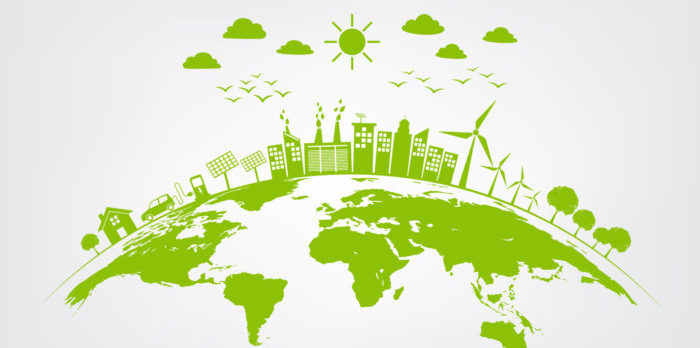According to IEA, Estonia’s energy supply is one of a kind amongst IEA member countries, as the country relies to its domestically produced oil shale, which dominates electricity generation. Yet, Estonia’s energy independence results to the country being the highest carbon intensity of all IEA countries.
IEA proposes that in the future, Estonian transport and power sectors have to change to lower-carbon energy sources. The industry has to follow the path towards extracting higher value from the country’s oil shale resources by producing more liquid fuels that also have environmental benefits.
IEA’s report focusing on Estonia’s energy policies is the first by the IEA since the country became the 29th member of the organisation in 2014. The report highlights the energy challenges that IEA experiences and also provides solutions to help thew country accomplish a secure and sustainable energy future.
Dr Fatih Birol, the IEA’s Executive Director commented that
This transition represents a major economic and social challenge, and we recommend that it be supported by identifying cost-effective pathways for the decarbonisation of the energy sector.
Although Estonia made a strong development in adapting wind power in 2015, it now faces barriers; However, IEA encourages the Estonian government to proceed to wind power, as it will possibly be the lowest-cost technology for future large-scale renewable energy projects in Estonia.
#Estonia faces barriers#
The most major challenge that the country faces is the transition to a cleaner energy future is the decarbonization of its transport sector, which for the time being does not follow short-term emissions and energy efficiency targets.
The IEA recommends that the government review the energy taxation of all fuels to better reflect their carbon content. That would accelerate the switch to low emission technologies, notably in the transport sector.
Dr Birol added that
I congratulate Estonia on already achieving its mandatory EU emissions reduction and renewable energy targets for 2020. The IEA believes that reaching the ambitious targets for 2030 can be possible but requires more determined action, taking economic and energy security considerations into account.
Moreover, the IEA proposes that Estonia cooperates with its EU neighbors to prioritise the identification of market-based solutions to diversify supply and enhance security of supply.
To learn more about the report click here.

































































